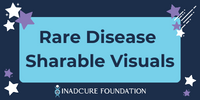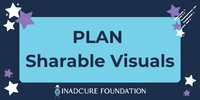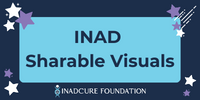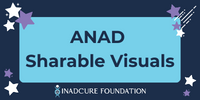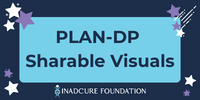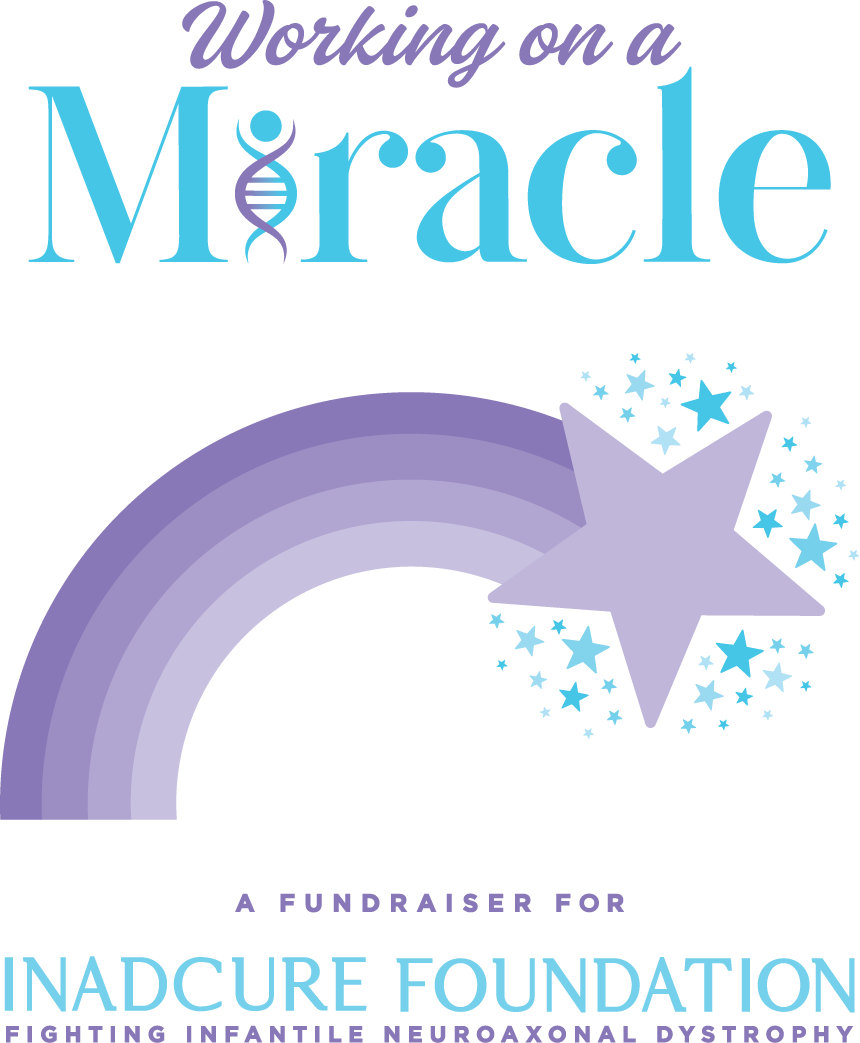What is a rare disease?
1 in 10 people are affected by a RARE disease. (Global Genes)
Worldwide, there are 400 million people living with a rare disease. (Global Genes)
There are 10,000+ Distinct types of Rare and Genetic Diseases. (Global Genes)
8 in 10 Rare diseases are genetic. (Global Genes)
75% of all rare diseases affect children. (EURODIS)
70% of people with rare diseases wait more than 1 year to get a confirmed diagnosis after coming to medical attention. (EURODIS)
95% of rare diseases are still without an FDA-approved treatment. (Global Genes)
PLAN (PLA2G6-Associated Neurodegeneration) is an ultra-rare disease, with an estimated 5,200 cases globally, primarily affecting young children.1

